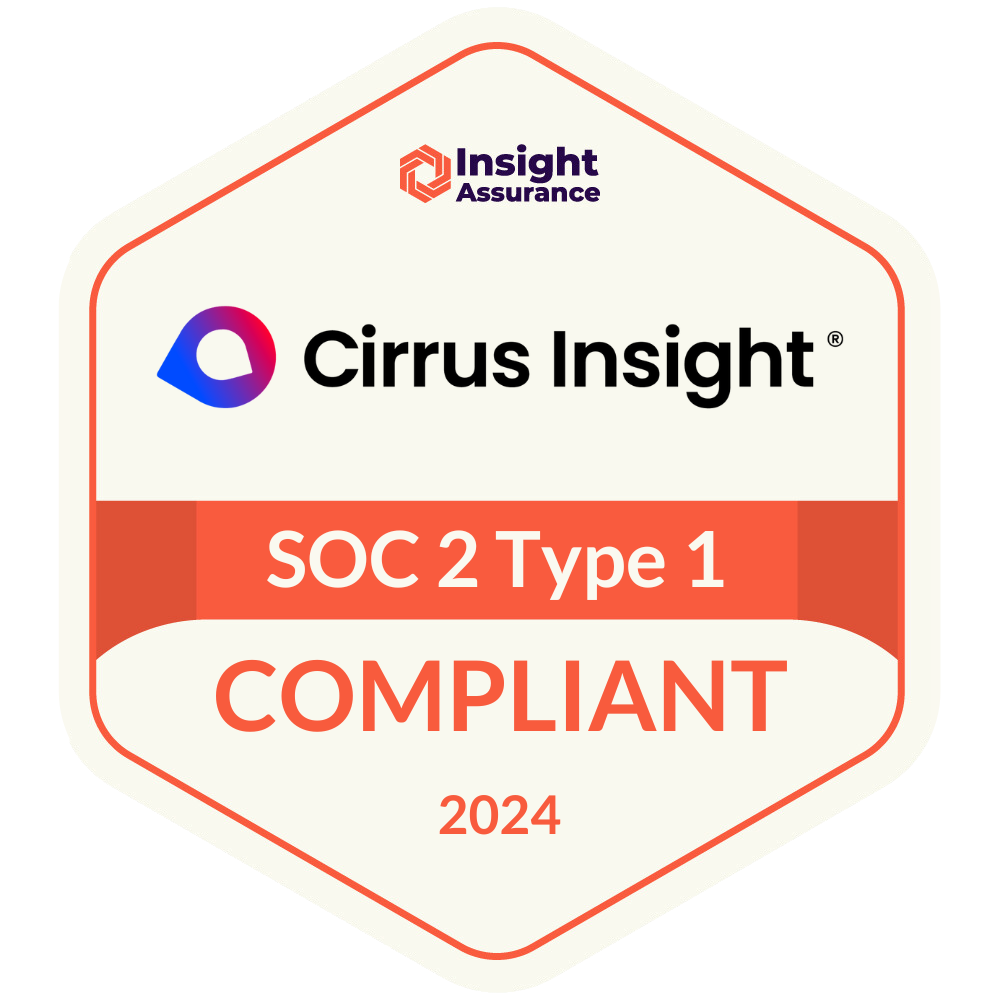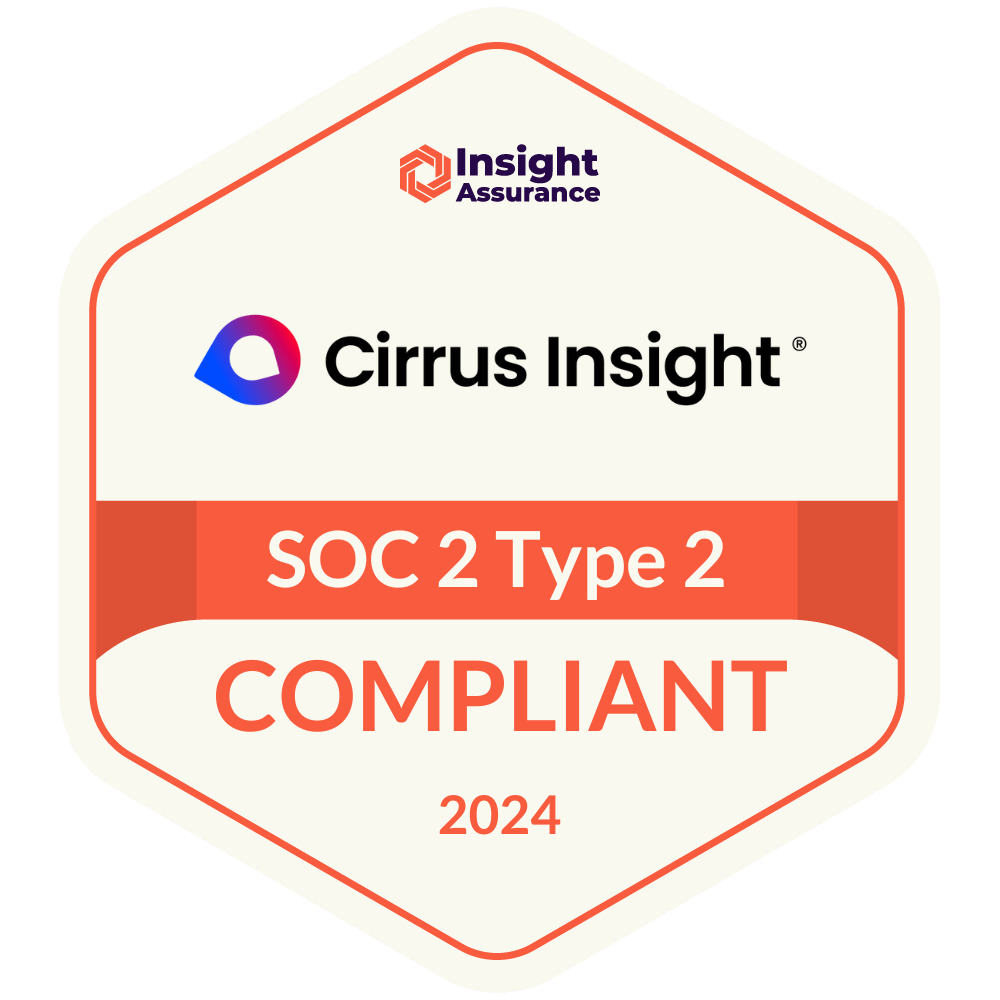- Solutions
-
Products
-
Resources
Sales Automation Tools | Cirrus Insight by Kristi Campbell View all Blog Posts >Get the App, Get the Sidebar, & Get Your Trial Going HereUnleash limitless growth opportunities by partnering with Cirrus Insight.
- Pricing
Filter By:
- All topics
- Sales Productivity
- Sales Intelligence
- Salesforce
- Sales Strategy
- Sales Prospecting
- Book More Meetings
- Best of
- Company News
- Product
- Sales Leadership
- CRM Admininstration
- Sales Metrics
- Supercharge Sales Activity
- Team Scheduling
- Admin
- serious insights
- Prospect Smarter
- Sales Activity Data
- Sales Forecasting
- Scheduling Solutions
- Prospect Faster
- Auto-Sync Everything To Your CRM
- Chrome
- Comparison
- Financial Services
- For Admins
- Getting Started
- IT & Security
- outlook
Subscribe to our Blog for the Latest Insights
Join our blog community to stay informed and receive fresh content and actionable tips directly in your inbox.
The Hidden Costs of Free Software: How Free Is Your Free Software Really?
Cognitive Costs of Switching for End Users
When changing platforms, end users need to adjust to new interfaces, features, and workflows. This requires time and mental effort, leading to a decrease in productivity during the transition. Additionally, the learning curve associated with a new platform can cause frustration and resistance among team members, potentially impacting morale and job satisfaction. As employees become less productive and efficient, the overall performance of the organization may suffer, further compounding the costs associated with switching vendors.
Change Management Costs
Implementing a new platform requires a well-planned change management process. This can involve training sessions, user support, and internal communications, all of which entail additional costs. Moreover, dedicating resources to managing the transition, including the time and effort of the team responsible for implementing the new program, may divert attention away from core business activities, leading to lost opportunities.
Cascading Changes and Opportunity Costs
Switching platforms often requires adjusting existing processes and policies, which can have a ripple effect throughout the organization. These cascading changes can lead to increased complexity, confusion, and inefficiencies, ultimately affecting the company's bottom line. The opportunity cost of focusing on the transition rather than on core business activities should also be considered when evaluating the true cost of switching.
Open Conversations with Your Current Vendor
Before considering a switch to a new vendor, it's worthwhile to have an open and honest conversation with your current vendor about your needs, expectations, and any issues you may be experiencing. This can lead to additional value for your organization as the vendor may be willing to develop product enhancements, new features, or even offer customized solutions that address your specific use cases. Strengthening the relationship with your current vendor can lead to long-term benefits and improved satisfaction with their services.
Examples of Failed Vendor Switches in the B2B Software Sector
A prominent e-commerce company switched to a new, free customer relationship management (CRM) platform, lured by its lower costs. However, due to the new CRM's limited customization options, the company had to invest in additional third-party integrations and spend considerable time and resources on employee training. Ultimately, the transition led to delayed customer support responses and a drop in customer satisfaction.
A mid-sized manufacturing firm migrated to a free enterprise resource planning (ERP) system. The new system lacked some critical features that the company relied on, causing disruptions in their supply chain and production processes. The company had to revert to their original vendor, incurring significant financial and reputational losses.
Measuring the True Cost of Switching - Overview
To accurately measure the true cost of switching vendors, consider the following factors and use the suggested formulas:
Direct costs:
- Software implementation cost (licenses, customization, data migration, etc.)
- Training costs (training materials, time spent, external trainers)
- Support costs (vendor support, internal IT support)
- Cost of the implementation team (hours spent × average hourly wage × number of team members)
Indirect costs:
- Lost productivity (hours lost × average hourly wage × number of employees)
- Decreased employee morale (harder to quantify, but can be estimated through employee surveys or attrition rates)
- Opportunity cost (value of potential projects or deals lost during the transition)
Long-term costs:
- Impact on strategic goals (evaluate potential consequences on growth, customer satisfaction, etc.)
- Ongoing maintenance and support costs (annual vendor fees, IT support)
Conclusion
While the allure of a free platform can be tempting, it's crucial to recognize that "free" doesn't always mean costless. By carefully evaluating the direct, indirect, and long-term costs of making a change, companies can make informed decisions that prioritize long-term success over short-term savings. In some cases, staying with a current vendor may prove to be the more cost-effective choice, despite the appeal of a free alternative.






